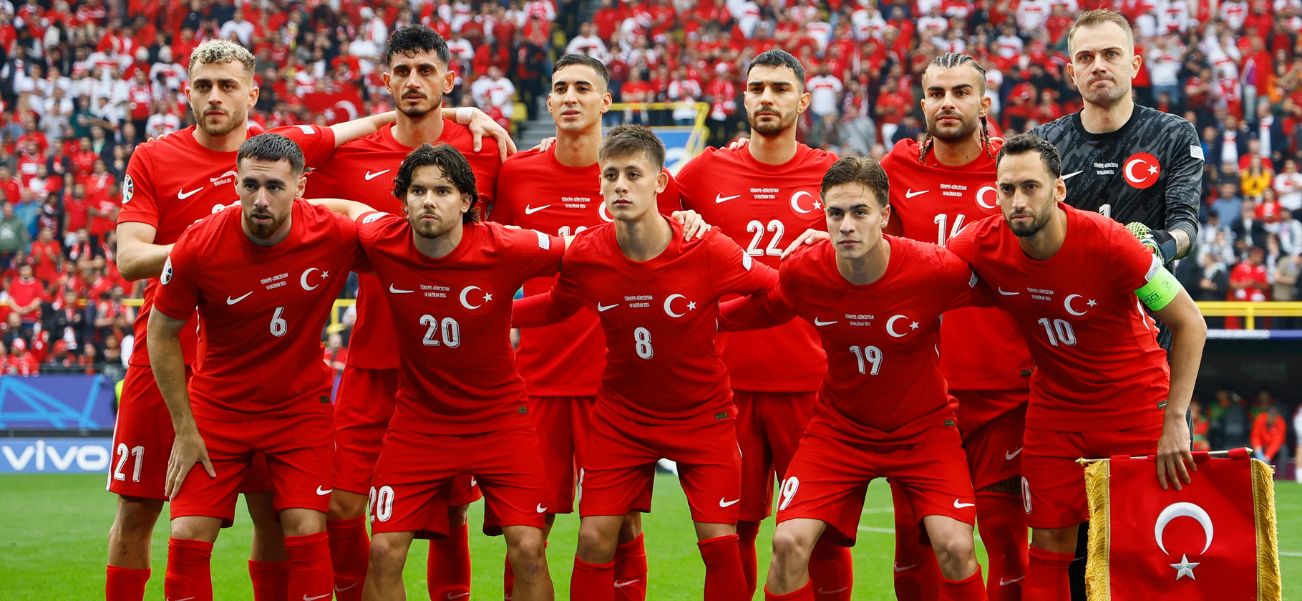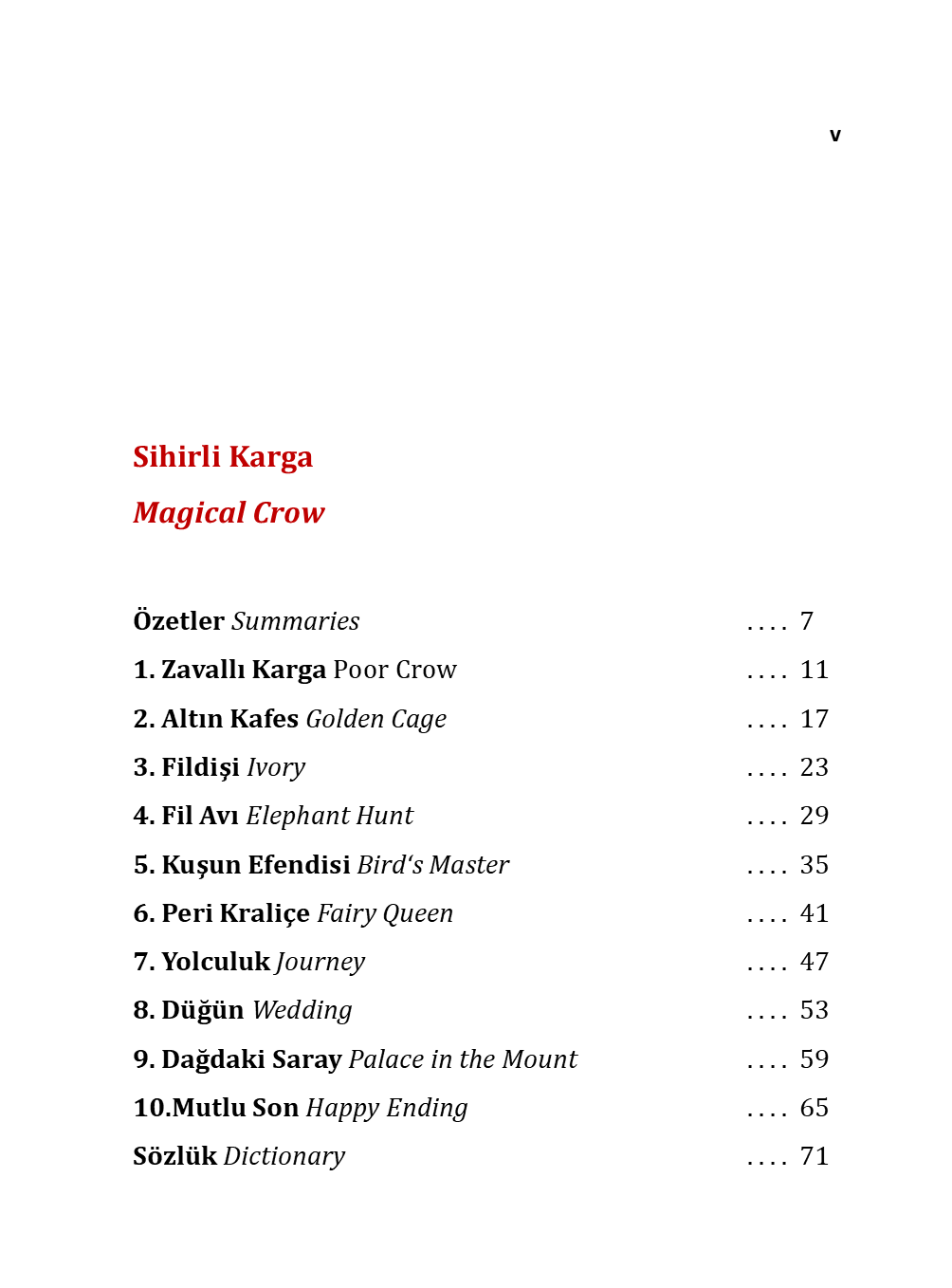
Surprising Genetic Origins of Modern Turks
The question, "Who are the modern Turks?" is one of the most fascinating and complex inquiries in the history of human migration. For centuries, the narrative was dominated by a simple story: fierce horseback warriors from the Central Asian steppes, the Oghuz Turks, swept westward, conquering Anatolia and replacing its ancient populations. While this captures a crucial political and cultural truth, the genetic reality is far more intricate, layered, and surprising.
The story written in the DNA of modern Turkey reveals a saga not of replacement, but of profound admixture. It is a tale of the meeting and blending of the Eurasian steppes with the ancient heartlands of civilization. This blog post will delve into the genetic origins of modern Turks, exploring the key ancestral components, the impact of historical migrations, and what the latest population genetics and archaeogenetics reveal about the true heritage of the Turkish people.
From the Steppes to Anatolia: Unraveling the Surprising Genetic Tapestry of Modern Turks
Listen to this podcast interview about "Genetic Origins of Modern Turks":
The Foundational Layers: Anatolia's Ancient Mosaic

Long before the name "Turk" was ever spoken, the lands that make up modern Turkey were a melting pot of civilizations. To understand the genetic makeup of modern Turks, we must first look at these deep, foundational layers. Genetic studies, including those analyzing ancient DNA, point to several core ancestral populations that form the bedrock of Anatolia.
1. Anatolian Hunter-Gatherers and Early Farmers
The earliest layer consists of the indigenous peoples of Anatolia. These populations were instrumental in the Neolithic Revolution, spreading agriculture into Europe. Their genetic signature is distinct from both European and Caucasian hunter-gatherers, forming a unique Anatolian Neolithic profile.
2. Caucasus Hunter-Gatherers (CHG)
Gene flow from the Caucasus Mountains region contributed a significant component. This ancestry is linked to ancient populations from modern-day Georgia, Armenia, and Azerbaijan. The CHG component is a crucial piece of the puzzle, acting as a bridge between the Near East and the Eurasian Steppe.
3. Zagros Mountain-Related Ancestry
From the east, there was influence from populations related to those in the Zagros Mountains of Iran. This ancestry is associated with some of the earliest farming communities in the Near East.
4. Levantine and Mesopotamian Influences
As the cradle of civilization, the Bronze Age saw interactions with the Hittites, Hurrians, and later, the Greeks, Romans, and Byzantines. Each of these empires and cultures left not only architectural and linguistic traces but also a subtle, yet detectable, genetic imprint through trade, settlement, and conquest.
By the 11th century, when the first Turkic groups began arriving in earnest, the population of Anatolia was already a complex amalgamation of these ancient West Asian and Mediterranean peoples. They were the genetic inheritors of Byzantine Anatolia.
The Newcomers: The Turkic Element from the Eurasian Steppe

The arrival of Turkic-speaking peoples is the defining event that gave the nation and its people their name and primary language. But who were these "Turkic" people genetically?
The ultimate origins of the Turkic peoples lie in the Eurasian Steppe, a vast corridor of grasslands stretching from Mongolia to the Black Sea. Key populations include:
- Xiongnu Confederacy Often linked with the Huns, this powerful confederation of nomadic tribes in Mongolia and Siberia played a key role in early Turkic ethnogenesis.
- Göktürks The first people to use the name "Türk" politically, establishing a vast empire in the 6th century and spreading their language and culture.
- Oghuz Turks This specific branch of the Turkic tree is the most direct ancestor of the modern Turks of Turkey. Pushed by various factors, including climate change and Mongol expansion, the Oghuz tribes began a steady westward migration.
Genetically, these Steppe populations carried a distinct signature characterized by a high proportion of Ancient North Eurasian (ANE) ancestry and a specific East Asian-related component that was largely absent in pre-Turkic Anatolia. This Siberian ancestry or Northeast Asian ancestry is a key genetic marker for the Turkic migrations.
The Meeting Point: Admixture and the Seljuk Catalyst

The pivotal moment of encounter was the Battle of Manzikert in 1071. The victory of the Seljuk Turks, a confederation led by Oghuz tribes, over the Byzantine Empire opened the floodgates of Anatolia for Turkic settlement. However, it is critical to understand what this settlement looked like demographically.
This was not a mass population replacement. The migrating Oghuz groups were not a massive, monolithic horde but a combination of warriors, pastoralists, and their families. They were vastly outnumbered by the native Anatolian population, which numbered in the millions.
What followed was a centuries-long process of admixture—the biological blending of populations. This occurred through:
- Intermarriage As the Seljuk Sultanate of Rum and later beyliks (principalities) established control, intermarriage between the Turkic elite and the local population became common.
- Religious Conversion The spread of Islam, often facilitated by Sufi orders, led to the conversion of many local Christians, who then integrated into the emerging Turkish-Islamic society.
- Cultural Assimilation The political and military dominance of the Turkic-speaking rulers made their language and customs the standard for the ruling class, encouraging assimilation.
The Ottoman Empire institutionalized this mixing. Its *millet* system allowed for religious diversity, but its devşirme system (collecting boys for military and administrative service) and the constant movement of peoples across its vast territories further homogenized the gene pool across Anatolia and the Balkans.
What the DNA Reveals: Breaking Down the Genetic Components

Modern scientific studies, using powerful tools like genome-wide analysis and haplogroup tracking, have quantified these ancestral components. The results paint a clear and consistent picture.
Autosomal DNA (The Whole Ancestry Picture):
Studies analyzing the entire genome show that the genetic makeup of the average modern Turk from Anatolia is primarily a blend of the local pre-Turkic populations, with a significant but minority contribution from the incoming Central Asian groups.
- The Majority "Anatolian" Component (~50-80%) This is the foundational layer discussed earlier, comprising ancestry from Anatolian Neolithic farmers, Caucasus Hunter-Gatherers, and related Iranian Neolithic populations. This is the core genetic heritage of the region.
- The "Turkic" / Central Asian Component (~10-30%) This is the contribution from the incoming Oghuz and other Turkic groups. It is characterized by that distinct Siberian and East Asian genetic signal. The percentage varies significantly by region within Turkey, being generally higher in central and eastern Anatolia compared to the western coasts and the Black Sea region.
- Other Minor Contributions There are smaller contributions from sources like the Balkans (due to Ottoman history) and the Levant.
Y-Chromosome (Paternal Lineage) Haplogroups:
The paternal line often, but not always, more strongly reflects migration events, as migrating groups are often male-biased.
- Haplogroup R1b, J2, and G These are very common in Turkey and are associated with the ancient Anatolian, Caucasian, and Near Eastern populations. They are the dominant paternal lineages.
- Haplogroup Q, N, and C These lineages are much more strongly associated with Siberian and Central Asian populations, including the Turkic peoples. While less common overall than the West Asian haplogroups, their frequency in Turkey is significantly higher than in non-Turkic neighboring populations like Greeks or Armenians, providing a clear genetic signature of the Turkic migration.
Mitochondrial DNA (Maternal Lineage) Haplogroups:
The maternal line tells a different story. The mtDNA of modern Turks is overwhelmingly composed of haplogroups common in West Asia and Europe (e.g., H, U, T, J). The Central Asian maternal lineages are much rarer. This supports the historical model that the initial Turkic migrations involved a smaller number of people, likely with a bias towards males, who then married local women.
Dispelling Common Myths and Misconceptions
The genetic data allows us to move beyond politicized and outdated narratives.
1. Myth: Modern Turks are simply "Turkified" Greeks/Armenians.
Reality While the local Anatolian genetic substrate is the majority component, the significant and distinct Central Asian contribution is real and cannot be dismissed. The modern Turkish gene pool is a unique blend, not a simple renaming of an old one.
2. Myth: Modern Turks are pure Central Asians who replaced the native population.
Reality This is genetically impossible. The Central Asian ancestry is a vital minority component, but the majority of the DNA has deep roots in Anatolia itself. The process was one of admixture, not replacement.
3. Myth: Genetics can define a "pure" Turkish race.
Reality The very concept of a "pure" race is a scientific fallacy. The history of humanity is one of constant migration and mixing. The Turkish people are a brilliant example of this, embodying a unique genetic and cultural synthesis that is specifically Anatolian.
Regional Variation Within Turkey
Turkey is a large and geographically diverse country, and this is reflected in its genetics.
- Western Anatolia Shows higher genetic affinity with Balkan and Aegean populations, with a slightly lower Central Asian component.
- Eastern Anatolia Shows higher affinity with Caucasian populations (Armenians, Georgians) and a generally higher Turkic component.
- Central Anatolia Often shows the "average" Turkish genetic profile, with a balanced mix of Anatolian and Central Asian elements.
- Black Sea Region Has a distinct genetic profile, with less Central Asian influence and stronger links to ancient Pontic populations and, intriguingly, through historical connections, to Caucasian groups.
Conclusion: A Living Bridge Between Continents
The genetic origins of the modern Turks tell a story far richer than any simple conquest narrative. They are the living descendants of two great worlds: the ancient, settled civilizations of Anatolia, the Caucasus, and the Near East, and the mobile, dynamic horse-borne cultures of the Eurasian Steppe.
Their DNA is a historical record inscribed over millennia. It speaks of the first farmers of Anatolia, the Bronze Age empires, the classical glory of Rome and Byzantium, the westward surge of the Oghuz Turks, and the unifying power of the Ottoman Empire.
To be Turkish, genetically and culturally, is to be a testament to the power of synthesis. It is to carry the legacy of both Mehmet the Conqueror and the Hittite kings, of both the shamans of the Altai Mountains and the philosophers of ancient Ephesus. The story written in their genes is not one of purity, but of resilience, adaptation, and the creation of a new, vibrant identity from the threads of many ancient ones. They are, in the truest sense, the people of the bridge between East and West.













